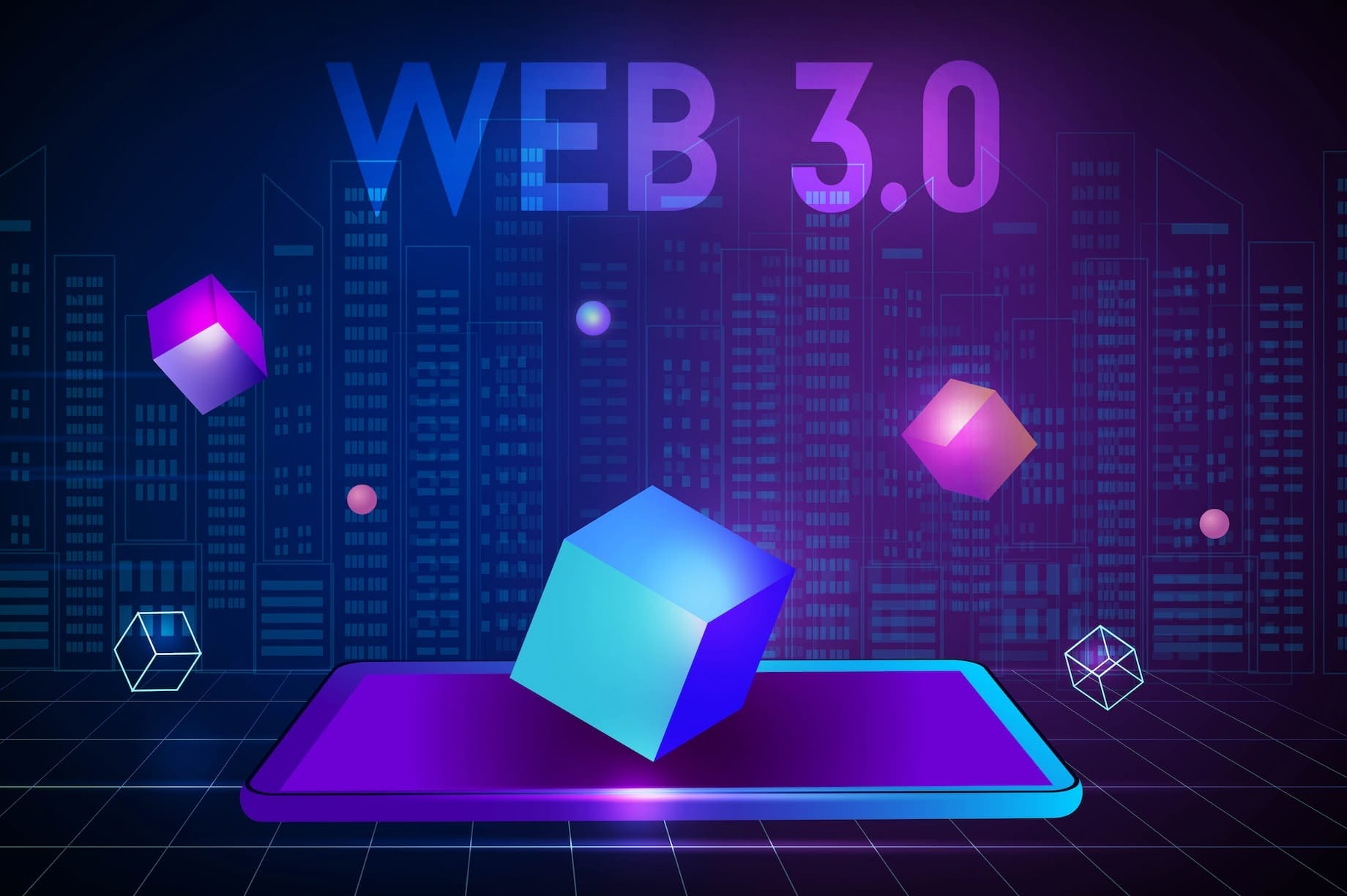The Web3 Revolution: How Decentralization Is Reshaping the Internet

The internet is going through a big change that is displacing how we talk to each other, share value, and manage our digital lives. The idea of decentralization, which is often called the Web3 revolution, is at the heart of this change, since the idea is to give people back control over their digital identities, privacy, and assets. This will take power away from big companies and give it to individuals. Web3 promises a new era of more personal and open digital experiences after Web2 gave us smartphones, cloud services, and social media.
We will cover what Web3 is changing the internet as we know it, how decentralization operates, and, if you want, you can come back to the top of this article and put it into practice at no charge, getting a free domain forever. But first, let’s take a deep look at the decentralization of the internet.
Table of Contents
What Is Web3? Understanding the Next Phase of the Internet
Web3 is another term referring to the third generation of internet services powered by blockchain. It is a very trustless system, user-owned, and decentralized. Web3 allows users to own their content, digital assets and identities, unlike in Web2, where platforms and data are owned by tech giants such as Google, Meta and Amazon.
It’s all thanks to developments like blockchain networks (like Ethereum, Solana, and Avalanche), which provide the infrastructure for this new approach to a digital world.
- DeFi exchanges and cryptocurrencies.
- Non-Fungible Tokens, or NFTs
- Decentralized (Built on dApps)
- Smart contracts
- Decentralised Autonomous Organisations, or DAOs
When combined, these technologies produce an ecosystem in which peer-to-peer communication, transparency, and interoperability are commonplace.
What Makes Decentralization Important In Web3
And decentralization — getting rid of middlemen and centralized control — is really what the Web3 revolution is all about.
Ownership by Users
In Web3, users are the owners of their data, assets, and identities online. Your wallet address is the door to the decentralized web. Your crypto balance, NFT, and your profile are exclusively for you and is not stored in a corporate’s database.
Opposition to Censorship
Web3 infrastructures are not owned by a single entity. This means that taking down lies from influence-for-hire or partisan content is less likely.
Greater Openness
Any move on the blockchain is a public record. Transparency makes open-source development possible and also creates trust.
Composition and Interoperation
Most Web3 applications are built natively based on open standards and are composable. This further enables permissionless innovation and reduces barriers to entry (fast and frictionless platform integration)
Real-World Applications of Web3
Web3 isn’t merely theoretical; it’s already being applied in a variety of industries in potent, game-changing ways.
Finance: By doing away with banks and brokers, Web3 is transforming the financial industry through DeFi (Decentralized Finance). Without the need for middlemen, users can lend, borrow, and trade cryptocurrency assets directly through platforms like Uniswap, Aave, and Compound.
Collectibles and Art: NFTs
Without depending on galleries or publishers, artists and creators can now tokenize their work, keep royalties, and interact with audiences directly by using NFTs. Additionally, NFTs are being used in intellectual property, music, and gaming.
ENS and Web3 Domains for Identity and Access
Users can create blockchain-connected digital identities with services like the Ethereum Name Service (ENS) and.eth domains, which streamline wallet addresses and make decentralized login systems possible.
DAOs for governance
Token-based voting is used to make decisions in DAOs, which are community-run organizations. DAOs are changing the way we set up and manage groups on the internet, from venture capital to charitable work.
Challenges and the Road Ahead for Web3
Although Web3 offers a lot of promise, there are also many challenges. UX: Seed words, petrol prices, and wallets continue to baffle new users. Scalability: Many blockchain networks suffer from high fees and congestion. Security: Smart contract flaws and hacking could result in massive losses. Regulation: Governments continue to struggle with how to manage Web3 without stifling innovation.
Despite these challenges, innovation continues to proceed at a rapid pace. Optimism and Arbitrum are examples of Layer 2 technologies that aim to speed up and lower the cost of blockchains. Initiatives focused on zero-knowledge proofs, privacy-preserving protocols, and decentralized identification are addressing usability and security challenges.
The Future of the Internet Is Web3
A new era of digital technology is about to begin. Similar to how the shift from Web1 to Web2 changed worldwide communication, commerce, and culture, the Web3 revolution has the potential to change how we own, access, and value information.
Whether you are a developer, investor, content creator, or simply an internet user, you now need to understand Web3. There is a decentralized web. It is already here and growing quickly.
